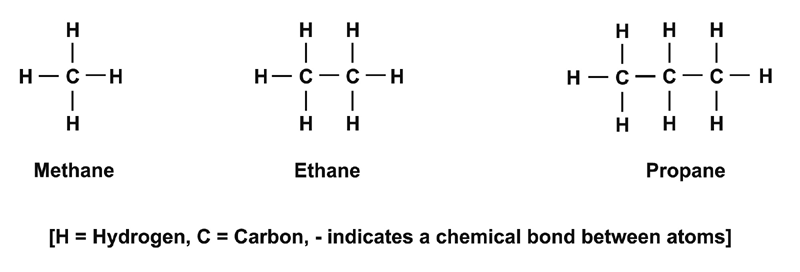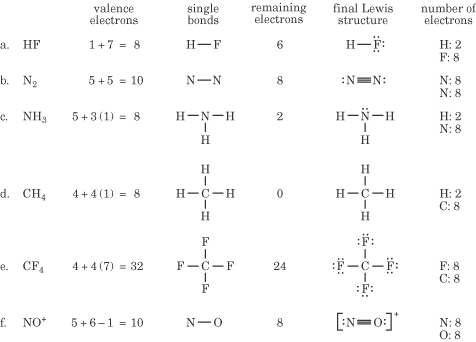What is polarity?
In chemistry polarity refers to a separation of electric charge leading to a molecule or its chemical groups having an electric dipole or multipole moment. Polar molecules interact through dipole–dipole intermolecular forces and hydrogen bonds. Molecular polarity is dependent on the difference in electronegativity between atoms in a compound and the asymmetry of the compound's structure.
*Things to remember
- Polar molecules have an average charge seperation
- Unsymmetrical molecules are usually polar
- Molecular dipoles are the result of un = sharing of electrons in a molecule
Predicting Polarity
- If a molecule is symmetrical, the pull of e- is usually balanced
- Molecules can be un-symmetrical in 2 ways
-- Diff atoms
-- Diff # of atoms
A molecule can possess polar bonds and still be nonpolar. If the polar bonds are evenly (or symmetrically) distributed, the bond dipoles cancel and do not create a molecular dipole.


No comments:
Post a Comment